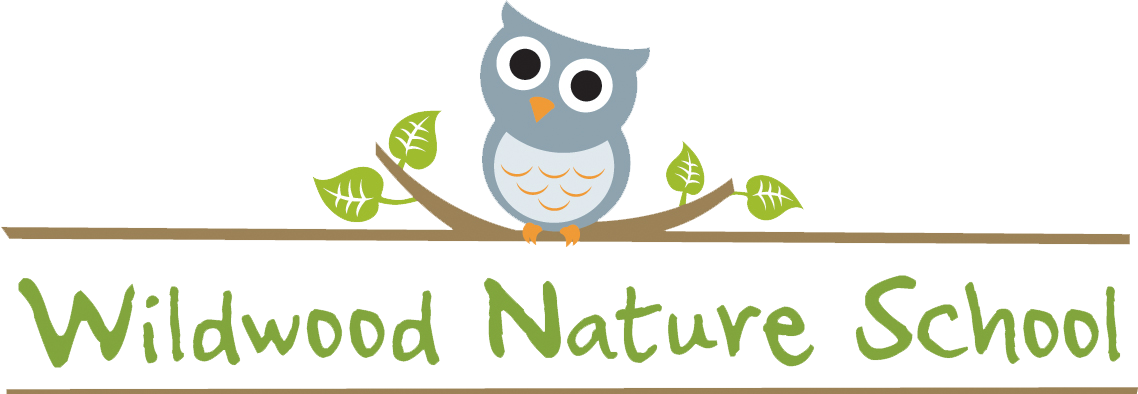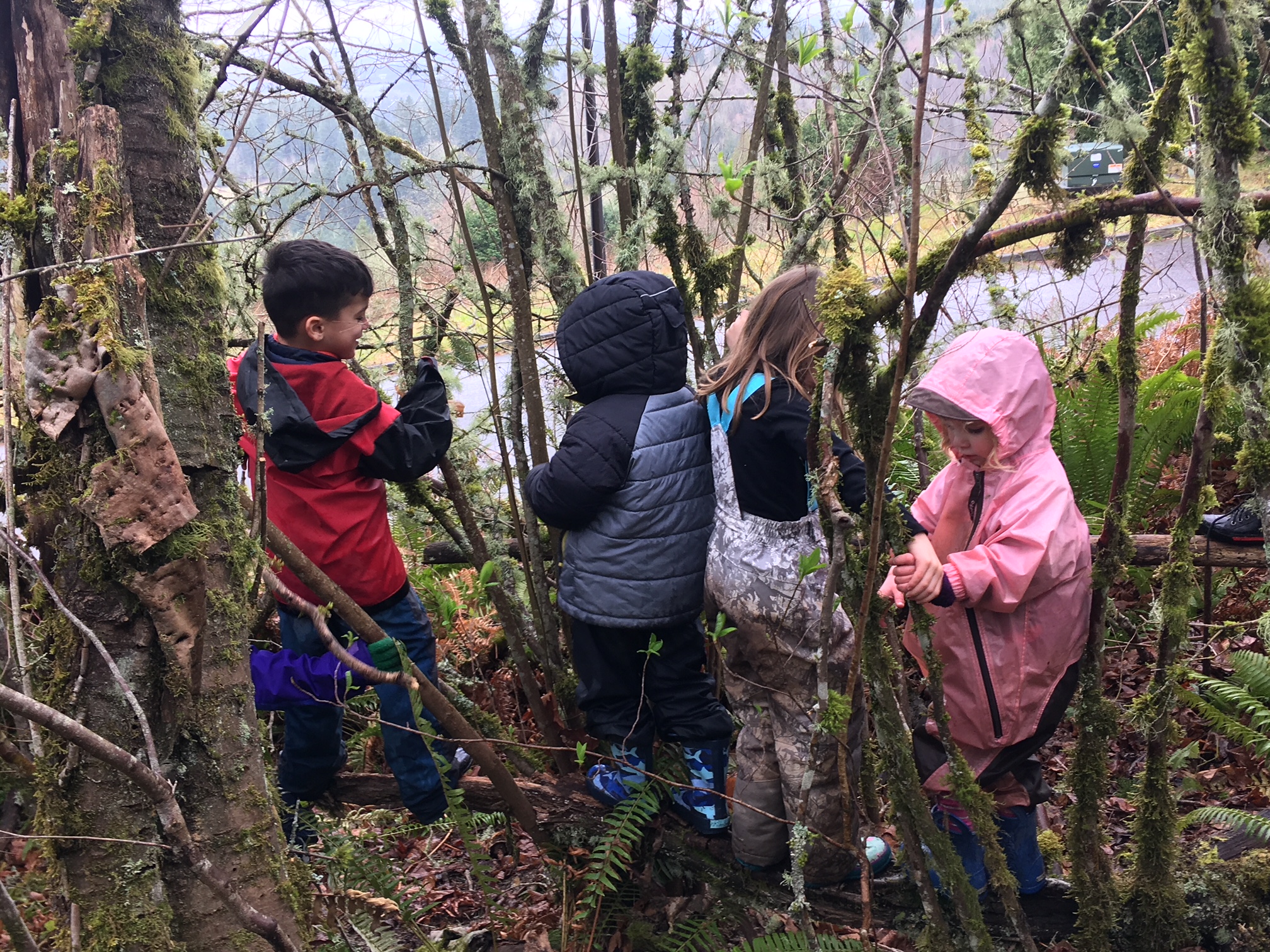Warning: Use of undefined constant gad_content_tag_filter_replace - assumed 'gad_content_tag_filter_replace' (this will throw an Error in a future version of PHP) in /home/wildwo9/public_html/wp-content/plugins/google-analytics-dashboard/google-analytics-dashboard.php on line 485
Choosing a preschool for your child can be over-whelming. All parents want a place where their children are valued for who they are, where their curiosity is nourished, where they feel safe to take risks and explore, and where they can cultivate friendships. But when you stop in for a brief tour or observational visit, how do you know if this preschool is the right fit for your child?
We’ve put together a brief checklist to take with you when you tour Wildwood Nature School or other preschools. Observe, take notes, ask questions and focus on your own priorities for your child’s growth and well-being.
What to Look for When You Visit a Preschool
Is the environment physically and emotionally safe for children?
- What is the teacher to child ratio?
- Are all cleaning products, teacher-only tools, etc. stored out of reach and locked?
- How many children does the program serve and how do they fit within the space of the room/school?
- Are licenses and certifications (CPR/First Aid) posted and up to date?
- Is the facility clean and orderly?
- Are children encouraged to develop healthy hand-washing and other self-help (blowing nose, covering mouth when coughing) skills?
Will children develop and grow in the environment?
- Does the room have space for different areas of development – for example, art, literacy, dramatic play, blocks, math, science?
- Are the children happy and engaged?
- What is on the walls?
- How much time do children have to freely explore materials?
Do interpersonal interactions promote social-emotional growth?
- Are teachers on the same level as the children? (Do they sit on the floor, etc.) Are they playing and interacting with children?
- Are parents and children acknowledged as they enter and leave the room?
- How do children interact with each other?
- When a conflict arises, does school have a caring discipline procedure that helps children not only be safe, but learn how to manage their behavior in future situations?
Is teaching developmentally appropriate?
- Do teachers know general developmental stages for children?
- Is each child encouraged along his or her own developmental path toward individual goals?
- Is each child’s family, culture, home language and individual characteristics valued?
- Is there a mix of individual and group, teacher and child-led activities?
- Do teachers assess what children know and can do in appropriate ways and use the information to guide instruction?
Do the school and teachers cultivate relationships with families?
- How do teachers communicate with parents?
- How are parents’ goals incorporated into their child’s learning?

